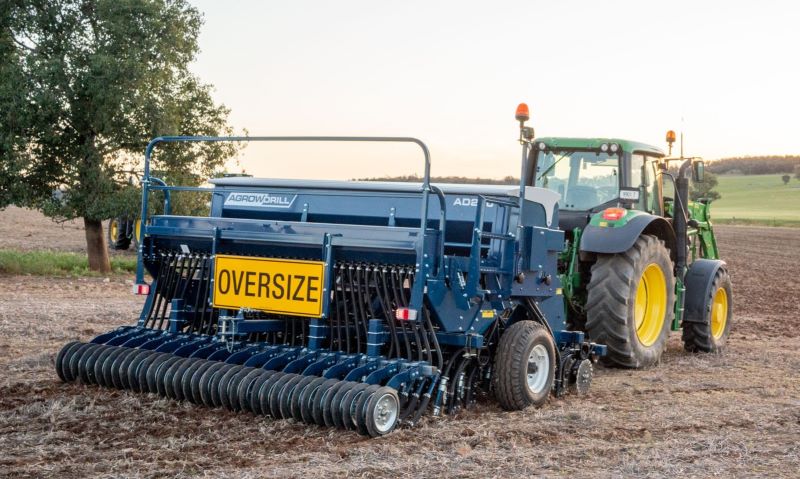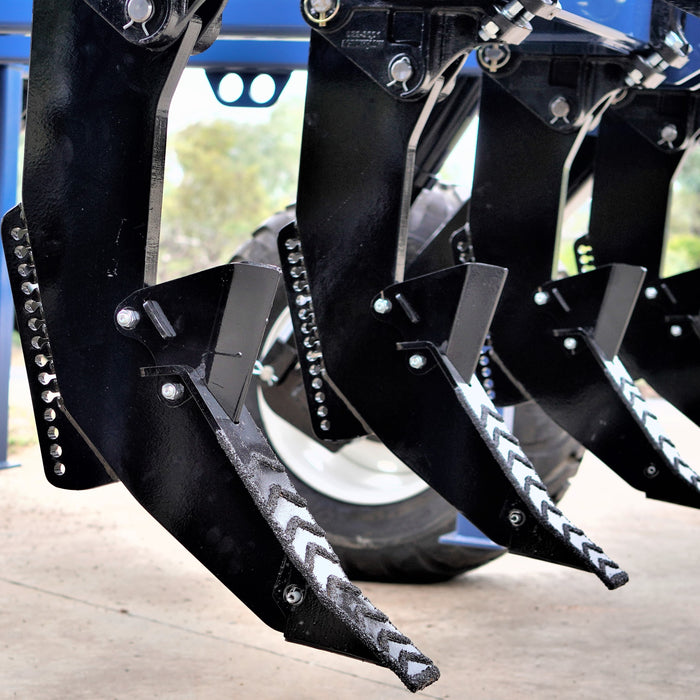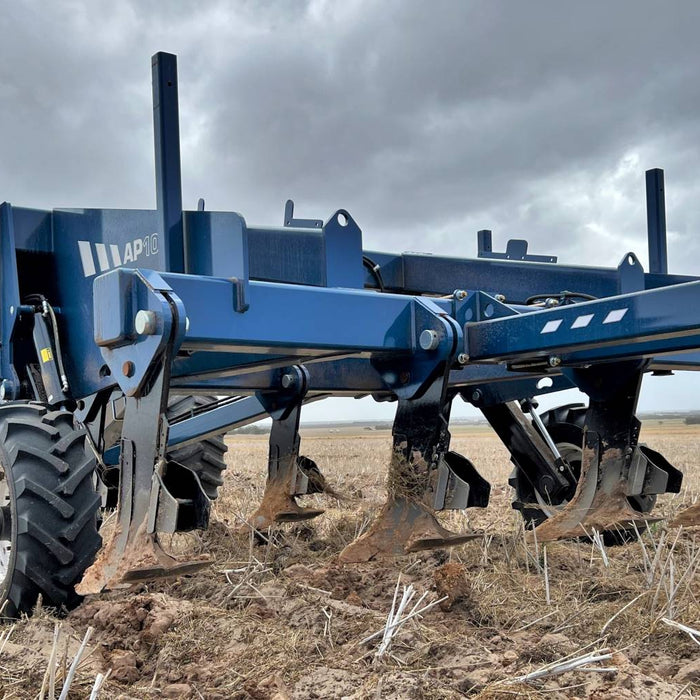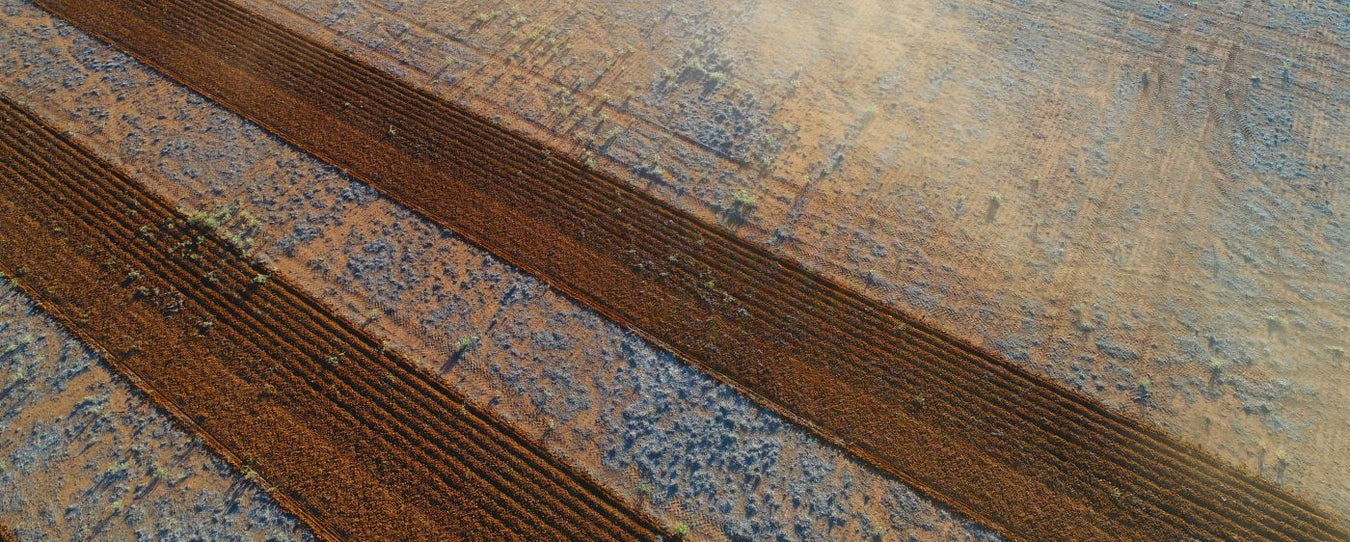
Search: Find an article or part.
No-till farming, or zero-tilling has steadily grown in popularity in Australia and is now considered the best way to care for your crops.

No till farming is a crop management practice in which there are two or fewer machines used in cultivation during the fallow period between crops. All weed control is achieved by the use of herbicides and the next crop is sown directly into undisturbed soil through the remaining stubble and weed residue.
This practice is more usual in the summer rainfall areas, where stock aren’t available to control weeds and stubble. Commonly associated with continuous cropping, with diversified crop rotations. This is a more resilient form of farming in the face of climate change.
No-till farming, or zero-tilling has steadily grown in popularity to now be considered the best way to care for crops right throughout Australia.
Minimum and no-till farming has been promoted in Australia since the 1970s as tillage practices to improve crop productivity and soil conservation. No-till farming is a practice that looks after the soil to assist with improving the resilience and productivity of Australian reduced/no-till cropping methods.
Tillage rates are the number of times soil is disturbed by machinery for crop production. It can occur pre-harvest to cultivate soil prior to sowing or post-harvest as a practice to control weeds, pests, and disease.
Australia is in the top five of countries for adopting and leading the no-till charge. Adoption has increased dramatically in recent years, with the Federal Government’s Grain Research and Development Corporation suggesting nationwide growth to 60-90% adoption, except for the Mallee region in NSW.
Traditional tillage can significantly impact water conservation, soil temperature, moisture infiltration, and erosion risk. Microorganisms consume organic matter, which is lost into the atmosphere. Soil erosion and structural decline are also considered major issues facing long-term production, as are the temperature and rainfall changes resulting from climate change. The general trend in tillage methods is for promoting greater retention of crop residues for soil and water conservation.
Minimum and no-till practices aim to reduce the tillage rate to reduce the impacts tillage has on soil health. Choosing the right tillage rate for your soil profile and region can be instrumental in growing crop yields, profits, soil improvement, and water resources.
No tillage practices offer farmers the potential to improve land management practices to not only increase crop yields, but also reduce input costs in fuel, machinery maintenance, and time.
Minimum tillage involves the retention of stubble as crops are harvested. Most of the weeds are controlled with herbicides during the fallow together with one or two mechanical cultivations through the year.
Involves grazing of crop stubble and weed growth after harvest followed by seedbed preparation which includes fewer cultivations than traditional practices. There may only be one harvest, with a contact herbicide application before or after sowing.
Involves no cultivation prior to sowing directly into undisturbed soil. Stubble from the previous crop and subsequent weed growth are removed by grazing during the fallow and the stubble remaining and can be burnt after the seasonal break of rain. The fallow is sprayed with a contact herbicide prior to sowing. This practice is usually adopted in the winter rainfall areas.


Inversion Shanks Inversion shanks are used to completely invert the soil profile, turning over the top layer of soil and burying any surface organic matter or crop residues deep into the subsurface. They are designed to lift soil from the...

